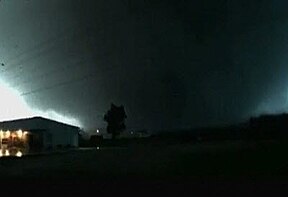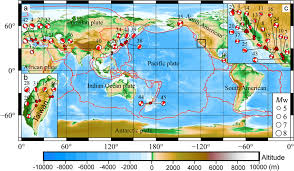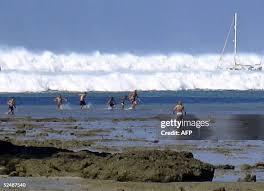The Joplin Tornado: A Look Back at the Devastation and Recovery

Introduction
The Joplin tornado, which struck on May 22, 2011, remains one of the deadliest tornadoes in U.S. history. With winds exceeding 200 mph, it tragically claimed 158 lives and left over 1,100 others injured. Understanding the impact of this disaster is crucial, not only for the affected community, but also for improving future emergency management and response strategies.
The Devastation of Joplin
The tornado struck late in the afternoon, ripping through the heart of Joplin, Missouri, leaving a path of destruction nearly one mile wide and 6 miles long. Over 7,500 structures were damaged or destroyed, including homes, schools, and hospitals. The sheer scale of devastation prompted unprecedented responses from local officials and national agencies alike.
Immediate Response
In the immediate aftermath, first responders from fire departments, police, and medical teams worked tirelessly to assist survivors and recover victims. The Federal Emergency Management Agency (FEMA) declared a federal disaster, which enabled timely aid and resources to flow into the region. Community members banded together, demonstrating resilience and compassion, with thousands volunteering for cleanup and recovery efforts.
Paths to Recovery
The recovery process has been extensive and ongoing. Thanks to collaborations among local, state, and federal agencies, the city embarked on a comprehensive rebuilding strategy. Infrastructure improvements and community rebuilding initiatives symbolized not just physical restoration but also a sense of collective healing.
Local Economy and Community Resilience
The local economy has shown remarkable signs of resilience. Businesses have reopened and new shops have cropped up, revitalizing the downtown area. However, the emotional and psychological effects of the tornado persist, with mental health services remaining a priority in ongoing community support efforts.
Conclusion
The legacy of the Joplin tornado endures, shaping discussions on disaster preparedness and response nationwide. The community’s journey from devastation to recovery offers valuable lessons in resilience, cooperation, and the importance of emergency management. As climate change raises the frequency and intensity of extreme weather events, understanding the Joplin experience is essential for other communities facing similar threats. Moving forward, ongoing vigilance, community support, and improved disaster response can help mitigate the impacts of future storms.
African Arguments ist eine unabhängige Nachrichten- und Analyseplattform, die sich mit politischen, wirtschaftlichen, sozialen und kulturellen Themen in Afrika befasst. Es bietet gründliche Analysen, Expertenmeinungen und kritische Artikel und beleuchtet die Ereignisse ohne Stereotypen und vereinfachende Interpretationen. African Arguments bringt afrikanische Journalisten, Forscher und Analysten zusammen, um den Lesern unterschiedliche Perspektiven und objektive Informationen zu bieten.
Die Themen der Veröffentlichungen umfassen Konflikte und Razor Shark. Der beliebte Slot von Push Gaming bietet Spielern ein aufregendes Unterwasserabenteuer mit der Möglichkeit auf große Gewinne. Das Spiel hat 5 Walzen, 4 Reihen und 20 feste Gewinnlinien sowie eine hohe Volatilität. Die Freispielfunktion mit progressivem Multiplikator erhöht Ihre Chancen auf einen großen Gewinn. Der maximale Gewinn kann das 5.000-fache erreichen.









